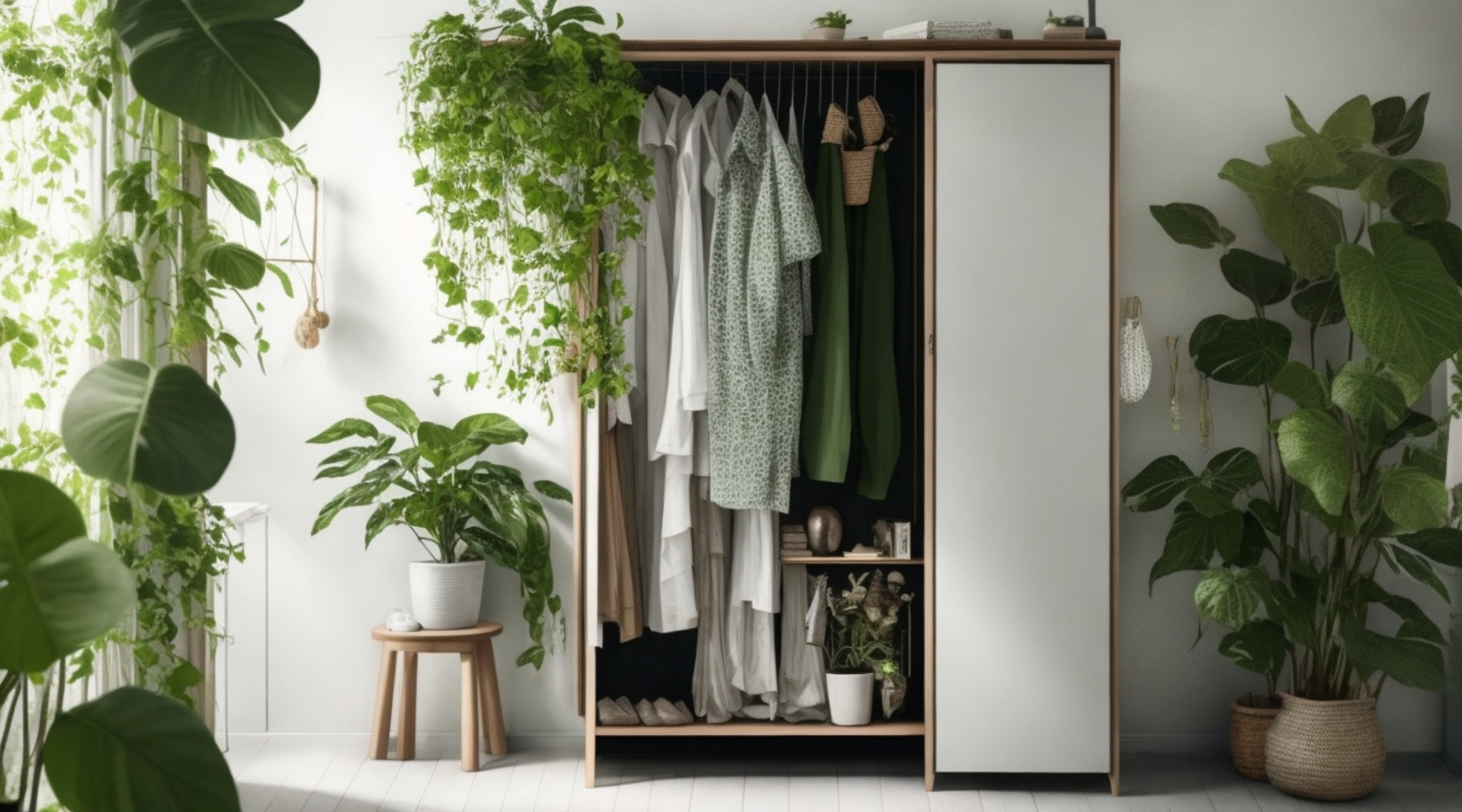Creating a sustainable wardrobe is an important step towards a more eco-friendly lifestyle. It reduces your environmental impact and promotes conscious choices. In this article, we will provide you with useful tips on how to create a sustainable wardrobe, including information on the ideal number of pieces and which eco-friendly fabrics to prefer.
Sustainability is a concept that has become increasingly important in recent years, in all aspects of our lives, including fashion. Creating a sustainable wardrobe is not just following a trend, but is a commitment to a lifestyle that respects the environment and workers' rights.
How many items should a wardrobe consist of?
When it comes to building a sustainable wardrobe, quality is more important than quantity. Instead of filling your closet with a myriad of clothing items that will only be worn once or twice, it’s a good idea to take a minimalist approach and build a smaller but functional wardrobe. The goal is to have a selection of versatile pieces that can be mixed and matched in different ways, allowing you to create multiple outfits with just a few pieces. A good starting point might be to have around 30-40 pieces of clothing that fit your lifestyle and personal needs.
A sustainable wardrobe promotes a more conscious consumer mindset. Instead of following fleeting fashion trends fueled by fast fashion, we favor quality pieces that are made to last. This leads to a responsible use rather than consumption of fashion, reducing the accumulation of unused clothing and the resulting waste.

Choose eco-friendly fabrics to reduce damage
Eco-friendly fabrics are a key element in creating a sustainable wardrobe. Opting for natural, organic and recycled materials is a conscious choice that reduces environmental impact and promotes sustainability. Here are some examples of eco-friendly fabrics to consider:
- Organic cotton: It is grown without the use of harmful chemical pesticides and is more environmentally friendly than conventional cotton (we also talked about it in this article) .
- Linen: A natural fabric that requires less water and pesticides during its cultivation. It is also biodegradable and durable.
- Hemp: A natural fiber that grows quickly and is durable. Hemp also uses less water and pesticides to grow than other crops.
- Tencel (Lyocell): A cellulose fiber derived from wood from sustainably managed forests. It is biodegradable and has a low environmental impact during the production process.
- Recycled fibers: such as recycled polyester or recycled nylon, help reduce the consumption of natural resources and waste emission.
- Organic Wool: Organic wool comes from sheep raised without the use of harmful chemicals and follows strict animal welfare standards.
- Cruelty-free silk: Produced without harming silkworms. There are synthetic alternatives such as vegetable silk (e.g. soy silk) that are sustainable and cruelty-free.
Choosing eco-sustainable fabrics for your clothing means considering their origin, the production process and their durability over time. Try to favor natural and biodegradable materials, avoiding those derived from petroleum or that require harmful chemical processes.
Every choice matters for the environment
A sustainable wardrobe helps reduce the enormous environmental impact of the fashion industry. This industry is in fact one of the most polluting in the world, contributing significantly to greenhouse gas emissions, water exploitation and waste production. Opting for sustainably produced clothing, therefore, means promoting a more environmentally friendly fashion industry.

Secondly, choosing to have a sustainable wardrobe means supporting ethical labor practices. The fashion industry is often associated with unfair working conditions and low wages. By choosing ethically produced clothes, you support companies that treat their workers fairly and with dignity, helping to create a more equal world.
Creating a sustainable wardrobe is therefore a personal commitment that has a much wider impact. It is about a conscious choice to promote eco-friendly practices and reduce the environmental impact of the fashion industry. It is about choosing a smaller, yet functional wardrobe made of pieces made from eco-friendly fabrics. And, most importantly, it is about remembering that every small step counts on the path to a more sustainable and environmentally friendly future. We must not underestimate the power we have as consumers: every choice we make can make a difference.






Leave a comment